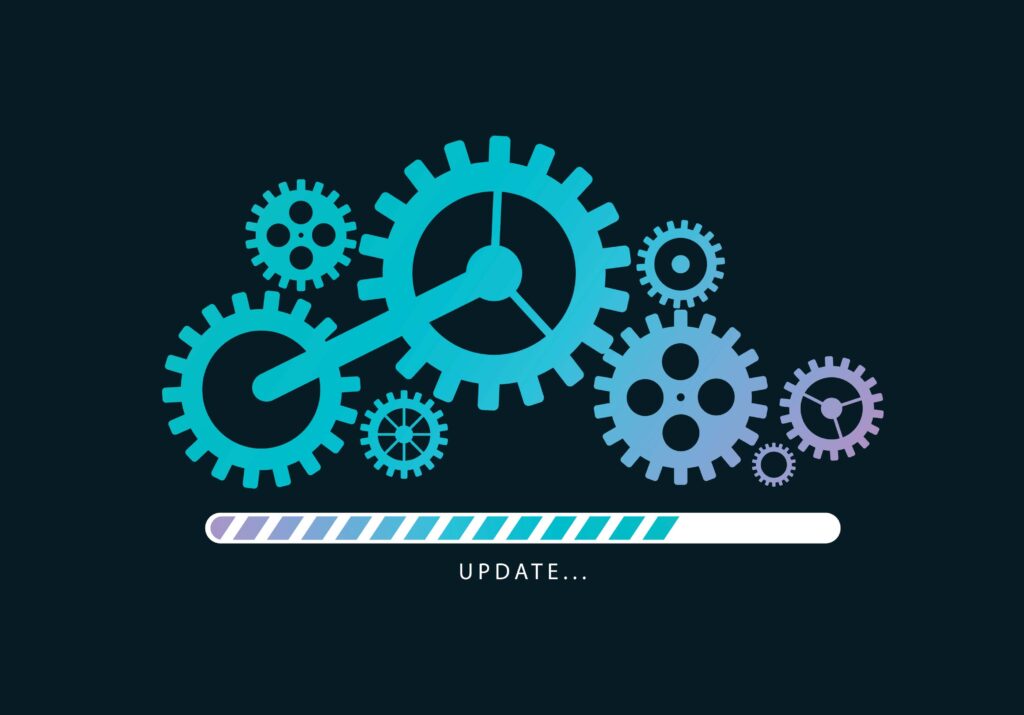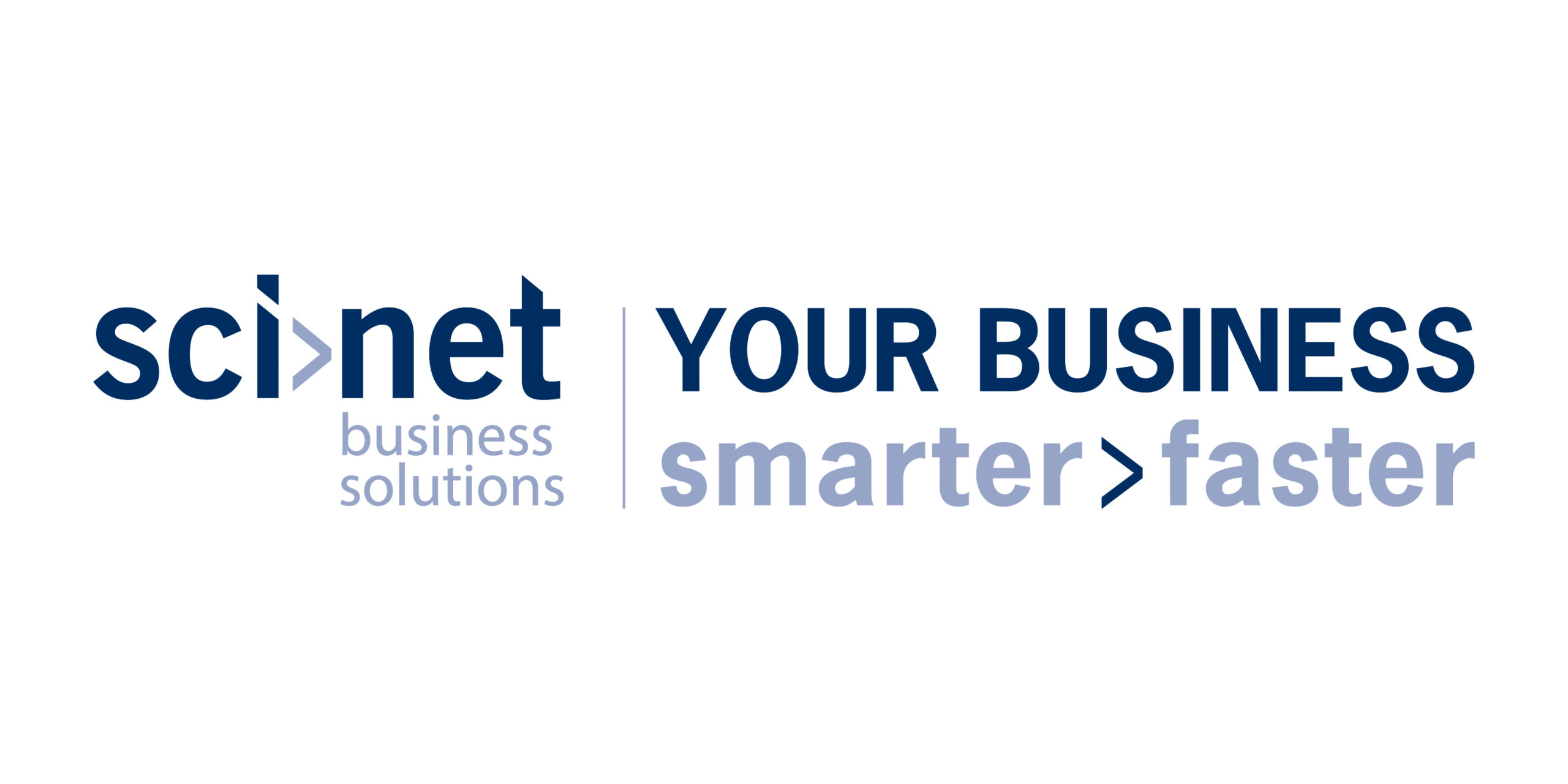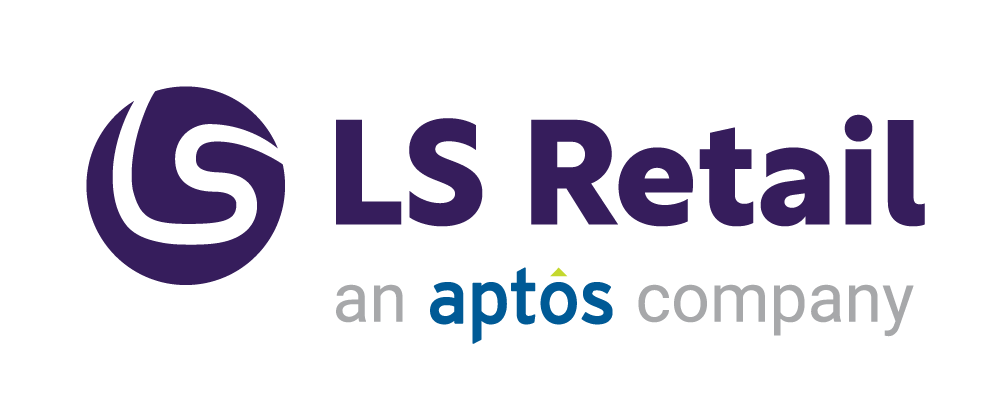How retailers can overcome 'system shock' when upgrading their Retail Management Systems.

When Furniture News, approached us to participate in a Q&A session for their Retail Technology edition, our very own Duncan Fergusson happily accepted the invitation.
We were pleased to share our expertise and to help answer some of the most common questions when it comes to upgrading systems, and we thought it would be good place to share on our website too!
We have found that retail management and e-commerce software have undergone significant evolution in recent years, driven by technological advancements and changes in consumer behaviour.
In particular, we have seen the rise of omnichannel retailing, so deep integration between ecommerce, marketplaces, point of sale, back office and any third-party warehouse is essential.
Our ERP>Retail software has evolved to provide or integrate with multiple channels, including traditional brick-and-mortar stores, online marketplaces, social media platforms, and mobile apps. This allows retailers to create a seamless shopping experience for customers across different touchpoints, so customers can now basically shop as they go, 24/7. It’s all about giving the customer choice and a great customer journey
Retailers look for a new system for various reasons, but most commonly, to overcome the limitations of their current system. For example, they may have experienced a period of growth and need a system that can scale with their business, or their existing system is outdated and lacks key features and flexibility, hindering their ability to grow and compete with other businesses. A new system should bring efficiencies and automations as well as far greater integrations enabling businesses to give a much better customer journey, upsell and potentially open to new marketplaces and enhance existing channels.
Switching from one system to another can be a complex and challenging process. Three of the key challenges client’s have in making a switch include the following:
Data migration: Retailers may have a large amount of data stored in their existing system, such as customer information, order history’s, and product data. Migrating this data to a new system can be a challenging and time-consuming process. We help client’s through this and their data cleansing by giving them the training, tools & support to achieve this.
Change Management & Staff training: Switching to a new system often requires change management and process improvements. Staff members need to learn new processes and workflows, as well as a new system. This can be a significant challenge. Managing this change is an important part of the project and implementation that Sci-Net help our client’s with.
User Acceptance Testing (UAT): This is a critical aspect of the process and implementation; there is no such thing as too much user acceptance testing. We communicate to the client’s how important this is and work with them to ensure there is enough time in the project plan for this and to ensure they have the resources and scripts in place to achieve this. Doing UAT properly ensures:
- Your team members know what they are doing and how to use the system; it gives them hands-on training at the same time.
- The system works as designed with no errors or issues.
- Takes the risk out of the project and go live.
- Gives everyone confidence in the system and processes.
- Makes go live relatively stress-free and smooth.
We help and support our client’s to overcome these challenges by working with them from the very beginning and at every step of the project.
Our Project Managers help to carefully plan and prepare for these challenges, ensuring that the switch is well-organised and on schedule, and mitigate any risks or issues that arise during the process. We have a robust testing process to thoroughly test the new system before making the switch to ensure it functions properly, meets the client’s business needs, and ensures staff are adequately trained.
Our onboarding process can vary depending on the system and the client’s specific needs, and as a Microsoft partner, we have Microsoft’s stringent guidelines to adhere to. However, these are the typical steps that our clients can expect to go through during the onboarding process:-
Discovery and analysis: The first step is a discovery and analysis phase, working closely with the client where we run on-site workshops to understand their processes, business needs, requirements, and any gaps in our system capabilities. We document this in a workshop write up that both sides comments on until completion and sign off. This is done department by department and is, in essence written documentation of what is agreed upon to be delivered as part of the implementation and new system.
Design and Development: Once we understand the client’s needs, we can begin configuring and setting up the new system, and developing any agreed-upon customisations.
Training and support: As the system is being set up, we can carry out show & tells, providing training and support to help the client’s project team members learn how to use the system effectively from the beginning and throughout the project.
Testing and validation: Once the system is set up, we will typically perform testing and validation to ensure that the system functions properly and meets the client’s requirements. This is before we hand it over to the client for user acceptance testing.
Go-live and post-launch support: Go-live is carefully planned and agreed, support is then provided during the go-live period to ensure a smooth transition, and we will continue to provide ongoing support. Plus, a final quality audit will be conducted after the launch before handing over to our support team.
Sci-Net has successfully implemented our award-winning ERP>Retail solution for many businesses. ERP>Retail is built within Microsoft Dynamics 365 Business Central and fully integrated into the Dynamics system. We have worked with companies such as Tapi Carpets & Floors.
We initially worked with Tapi in 2015 by implementing a fully customised ERP>Retail solution capable of meeting the demands of a national flooring retailer. ERP>Retail helped Tapi make informed business decisions to drive their growth plans, potentially saving hundreds of thousands of pounds in infrastructure costs. Today Tapi is now a household name, boasting a network of 200 stores and 1000 staff.
More recently, we supported Tapi Carpet’s with its continued growth and introduced a flooring measuring solution and an automated tool for Tapi Carpet’s 150-strong workforce of home consultants. It has significantly enhanced the Tapi customer journey and boosted efficiency, saving over 100 admin hours daily.
At the touch of a button, Tapi home consultants can now provide professional quotes, estimates and updates during the consultation stage with their customers.
We have worked very closely with Tapi Carpet’s, Chief Information Officer, Jason Turner since the initial implementation, and he describes the results of the partnership with Sci-Net as ‘outstanding,’
“Time is precious,” says Jason, “so we collaborated on how we could refine our processes and welcomed an estimating tool that pulls measurements into our system and automates quotes. Using it improves the customer experience, which is incredibly important to us, but it also saves a significant amount of time. We calculated savings of around 4,500 hours of admin in 40 days.”
“The system we have now, managed by Sci-Net, means we have visibility of our business with accurate reporting in real-time. It is suited to every aspect of our business, from estimating, sales, supply chain, inventory management and website integrations right through to in-store operations.”



